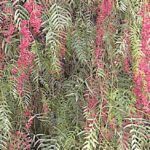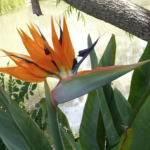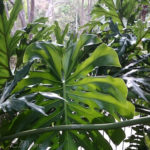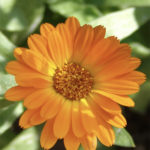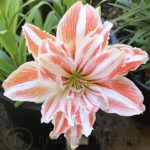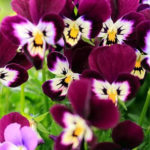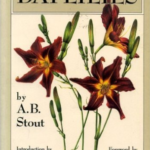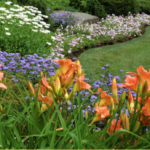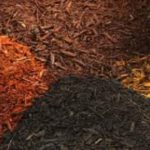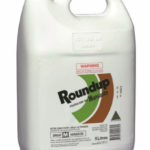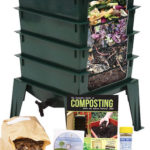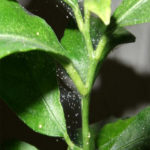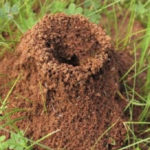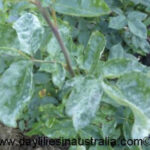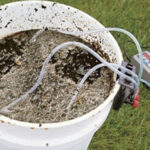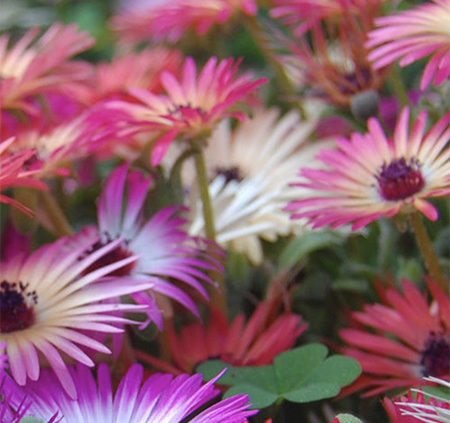
Livingstone Daisy Growing Tips
About Livingstone Daisy Propagation – Things You Need To Learn
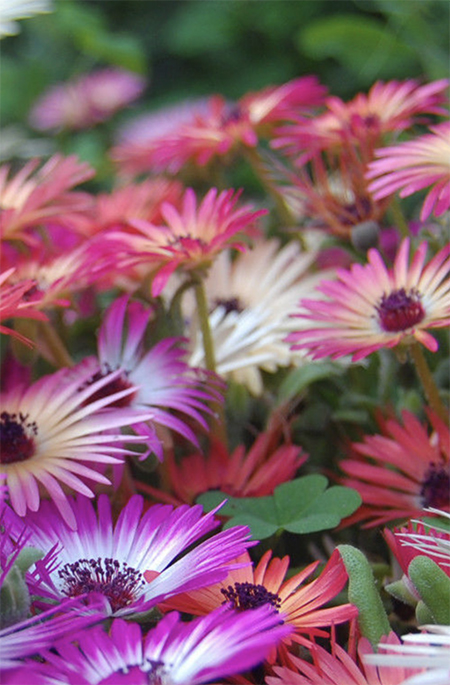 Livingstone Daisy or Dorotheanthus Bellidiformis is an annual succulent plant belonging to Aizoaceae family. This is a low growing plant that grows with ease. Suitable as a ground cover, it borders and grows low enough to be growing between paving. The flowers have many petals and its daisy like flowers grow in a wide range of colours in hot and cold areas. The bright and cheerful flowers are one of the best selections to add brilliant colour to the garden. The neon mixture of colours varies from pink, rose, and crimson, buff, cream to white, not only that, if you genuinely observe the flowers, they have a dark centre. The flowers close up at night and during cloudy days. When the sun returns they open flower, shining bright against the warm morning sunshine. These daisies cannot absorb the excessive heat of the afternoon rays of light and will need to be in some shade for protection. Livingstone Daisies are one of the easiest flowers to grow and bloom from seed. This plant has succulent leaves, which are about 3 inches long that bloom during winter and spring. The pretty tough plant grows to a height of 8-10 inches and spreads to about 12 inches or 30cm.
Livingstone Daisy or Dorotheanthus Bellidiformis is an annual succulent plant belonging to Aizoaceae family. This is a low growing plant that grows with ease. Suitable as a ground cover, it borders and grows low enough to be growing between paving. The flowers have many petals and its daisy like flowers grow in a wide range of colours in hot and cold areas. The bright and cheerful flowers are one of the best selections to add brilliant colour to the garden. The neon mixture of colours varies from pink, rose, and crimson, buff, cream to white, not only that, if you genuinely observe the flowers, they have a dark centre. The flowers close up at night and during cloudy days. When the sun returns they open flower, shining bright against the warm morning sunshine. These daisies cannot absorb the excessive heat of the afternoon rays of light and will need to be in some shade for protection. Livingstone Daisies are one of the easiest flowers to grow and bloom from seed. This plant has succulent leaves, which are about 3 inches long that bloom during winter and spring. The pretty tough plant grows to a height of 8-10 inches and spreads to about 12 inches or 30cm.
How to grow?
Livingstone Daisies require full bright sunlight for flowering. The plant needs at least 8 hours of direct sunlight every day during its growing period. The early sunshine is best. They grow well in sandy soil and well-drained soil with low fertility. Throughout the growing season, the plant needs watering in moderation and once established needs less frequent watering. Can tolerate salt spray and can be used in seaside gardens. Hot, humid weather can cause sunburn of the flowers. Having said that, these plants can tolerate drought once the plant gets established. They can be grown on banks and works well grown on slopes as a groundcover or as flower beds in the garden. While they do well in containers on patios and decks they are small enough and could quite easily be planted up in a wheelbarrow fairy garden. They also form a good addition to rock gardens. For achieving full ground coverage space, the Livingstone Daisy plant should be placed only 6 inches apart. When planting in pots, fill the pot with potting soil half-way and place the plant with roots into the pot. To keep the plant stable add more soil to the pot and pack it down firmly. These planters will be the highlight of your garden.
Propagation
Propagation of Livingstone Daisy can be easily done by seeds.
- You can start the Livingstone daisy plant mix by sowing the collected seeds indoors about 10 weeks prior to the last frost date in your area.
- Cover the seeds with fine soil for about 1/8 inch.
- Water the soil well to keep the soil moist.
- Seed germination will occur within 7-14 days if the ideal temperature of 16 C or 60 degrees Fahrenheit is obtained.
- They germinate easily when kept in the dark. So, covering the seed container with dark plastic sheets is a better option.
Remove the cover once the seedlings start to appear. Transplant the seedlings to the garden or to the desired pot once the seedlings develop true leaves. The seeds can be directly sown in the garden if you are in frost free areas. When sown directly to the location the seedlings need thinning to provide proper spacing.
Caring for the plant
During the growing period, the plant needs moderate watering, and once the plant starts flowering, reduce the frequency of watering. At the beginning of the bloom period, feed the plant with an all in one diluted liquid flower care fertiliser. Drizzle the plant food around the plants root, this helps to promote strong roots and brighter beautiful blooms. Shearing the spent flowers will promote additional blooming. The plant can be cut back once the flowering season is over. The plant is usually free from diseases, but can be attacked by pests such as aphids, snails, and slugs. When the plant reaches the end of the life cycle the plant will produce pods filled with seeds. You can allow them to scatter by their own or you can collect the seeds to plant in the next growing season.


